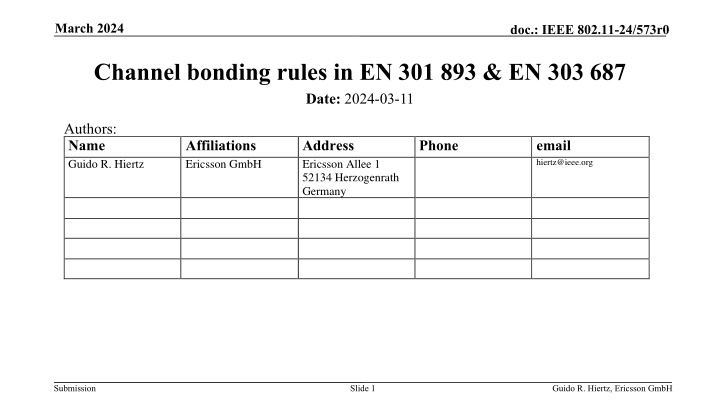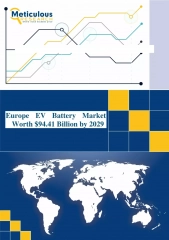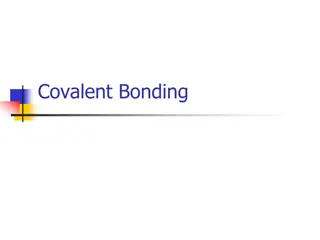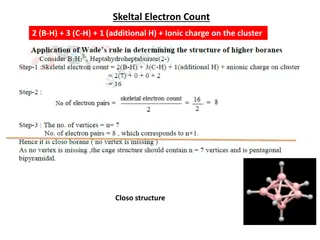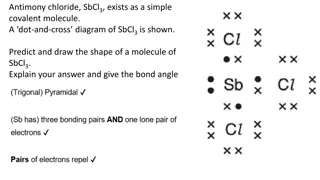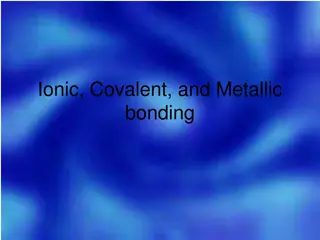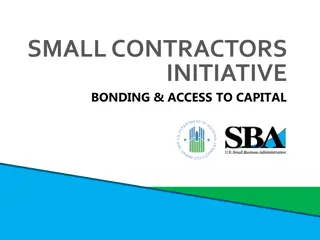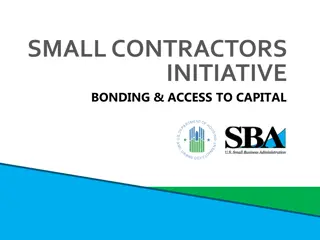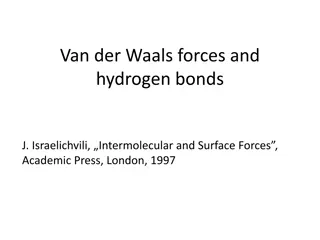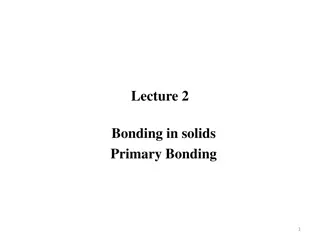Channel Bonding Rules in European Harmonised Standards
This document discusses channel bonding rules in European Harmonised Standards, focusing on IEEE 802.11 TGbn and comparing schemes in EN 301.893 and EN 303.687 to recent proposals. It also touches on essential requirements for products in the European Union market and examples of harmonised standards for accessing radio spectrum.
Download Presentation

Please find below an Image/Link to download the presentation.
The content on the website is provided AS IS for your information and personal use only. It may not be sold, licensed, or shared on other websites without obtaining consent from the author.If you encounter any issues during the download, it is possible that the publisher has removed the file from their server.
You are allowed to download the files provided on this website for personal or commercial use, subject to the condition that they are used lawfully. All files are the property of their respective owners.
The content on the website is provided AS IS for your information and personal use only. It may not be sold, licensed, or shared on other websites without obtaining consent from the author.
E N D
Presentation Transcript
March 2024 doc.: IEEE 802.11-24/573r0 Channel bonding rules in EN 301 893 & EN 303 687 Date: 2024-03-11 Authors: Name Guido R. Hiertz Affiliations Ericsson GmbH Address Ericsson Allee 1 52134 Herzogenrath Germany Phone email hiertz@ieee.org Submission Slide 1 Guido R. Hiertz, Ericsson GmbH
March 2024 doc.: IEEE 802.11-24/573r0 Abstract At present, IEEE 802.11 TGbn discusses how to improve the agility of medium access with or without using channel bonding. Among various ideas, some proposals discuss a mode of medium access that enables Stations (STAs) to continue a backoff procedure on non- primary channels in case the primary channel is detected as occupied. In this document, we review the channel bonding schemes described in the European Harmonised Standards EN 301 893 (Wireless Access System/Radio Local Area Network, WAS/RLAN in the license-exempt 5 GHz band) [1] and EN 303 687 (WAS/RLAN in the license-exempt 6 GHz band) [2]. Furthermore, we compare these schemes with recent proposals to TGbn. Submission Slide 2 Guido R. Hiertz, Ericsson GmbH
March 2024 doc.: IEEE 802.11-24/573r0 Harmonised Standards (HSs) & the European Union (EU) In a nutshell Any product placed on the market of the EU must comply with all essential requirements A manufacturer must sign a declaration of conformity (DoC) A DoC may be granted by a notified body of by self-assessment In case of self-assessment, a product must comply with all essential requirements of an HS listed in the Official Journal of the EU (OJEU) Contribution IEEE 802.18- 23/54 provides an overview to European spectrum regulation and how products may be placed on the market of the European Union (EU) resp. European Economic Area (EEA) Submission Slide 3 Guido R. Hiertz, Ericsson GmbH
March 2024 doc.: IEEE 802.11-24/573r0 Example: Harmonised Standard (HS) EN 301 893 5 GHz WAS/RLAN; Harmonised Standard for access to radio spectrum Defines two modes of accessing the wireless medium Frame Based Equipment (FBE) Load Based Equipment (LBE) The HS defines channel as a 20 MHz chunk of spectrum Submission Slide 4 Guido R. Hiertz, Ericsson GmbH
March 2024 doc.: IEEE 802.11-24/573r0 Load Based Equipment (LBE) A technology-neutral description of IEEE 802.11 s EDCA forms the basis of LBE LBE may bond multiple channels according to two different options LBE being capable of simultaneous transmissions in adjacent or non-adjacent operating channels [ ] shall implement either of the following options: [see next page] Submission Slide 5 Guido R. Hiertz, Ericsson GmbH
March 2024 doc.: IEEE 802.11-24/573r0 Options 1 and 2 Option 1 LBE may use any combination/grouping of channels [ ] if it satisfies the channel access requirements (channel access mechanism) for an initiating device [ ] on each such operating channel. Option 2 [ ] LBE that uses a combination/ grouping of adjacent channels [ ] may transmit on any of the operating channels, if: the equipment satisfies the channel access requirements [ ] on one of the operating channels (primary operating channel) and the equipment performs a Clear Channel Assessment (CCA) of at least 25 s immediately before the intended transmissions on each of the other operating channels [ ] Submission Slide 6 Guido R. Hiertz, Ericsson GmbH
March 2024 doc.: IEEE 802.11-24/573r0 Option 2 In at nutshell Option 2 describes the IEEE 802.11 channel bonding scheme using a full backoff on a primary channel and additional PIFS-checks on secondary channels Submission Slide 7 Guido R. Hiertz, Ericsson GmbH
March 2024 doc.: IEEE 802.11-24/573r0 Option 2 Some details The choice of the primary operating channel shall follow one of the following procedures: The primary operating channel is arbitrarily determined and not changed more than once per second. The primary operating channel is chosen uniformly randomly whenever the Contention Window (CW) corresponding to a completed transmission on the current primary operating channel is set to its minimum value [ ]. The group of adjacent channels [ ] shall not be changed more than once per second. Submission Slide 8 Guido R. Hiertz, Ericsson GmbH
March 2024 doc.: IEEE 802.11-24/573r0 Option 1 In a nutshell The slowest backoff determines the start of a bonded transmission [because the device must] satisf[y] the [ ] channel access mechanism [ ] on each [ ] operating channel. Submission Slide 9 Guido R. Hiertz, Ericsson GmbH
March 2024 doc.: IEEE 802.11-24/573r0 Option 1 Some details The continuation of an interrupted backoff on a different channel is not permitted Contiguous and non- contiguous bonding is permitted Submission Slide 10 Guido R. Hiertz, Ericsson GmbH
March 2024 doc.: IEEE 802.11-24/573r0 Conclusion The current versions of EN 301 893 and EN 303 687 require that a backoff be completed on the channel that the backoff was initiated on that the primary channel of a bonded transmission must not be arbitrarily changed Compliance with these requirements is necessary to place products on the EU market Diverging schemes might be approved by notified bodies Changing these requirements requires consensus in ETSI s development process Submission Slide 11 Guido R. Hiertz, Ericsson GmbH
March 2024 doc.: IEEE 802.11-24/573r0 References 1. ETSI, 5 GHz WAS/RLAN; Harmonised Standard for access to radio spectrum, draft Harmonised Standard EN 301 893, version 2.1.1, May 2017. [Online]. Available: https://www.etsi.org/deliver/etsi_en/301800_301899/301893/02.01.01_60/en _301893v020101p.pdf 2. ETSI, 6 GHz WAS/RLAN; Harmonised Standard for access to radio spectrum , Harmonised Standard EN 303 687, version 1.1.1, Jun. 2023. [Online]. Available: https://www.etsi.org/deliver/etsi_en/303600_303699/303687/01.01.01_60/en _303687v010101p.pdf Submission Slide 12 Guido R. Hiertz, Ericsson GmbH
